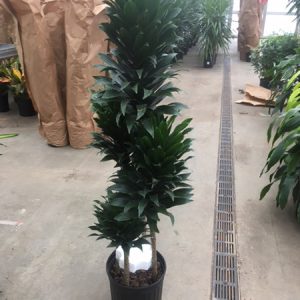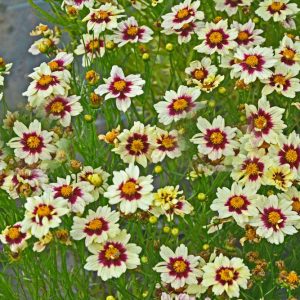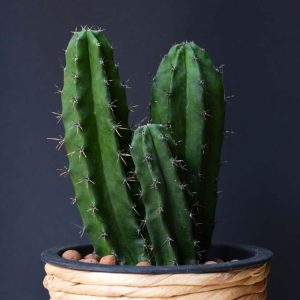Description
comes in 2, 3, gallon containers
Berberis – Barberry –
There are about 450 species of evergreen or deciduous shrubs, in this genus. They occur in all parts of the Northern Hemisphere, Northern and Tropical Africa, and South America, that prefers rocky soils in mountainous areas. They produces leather, linear to very broadly ovate or obovate, smooth edged or spine toothed leaves. Weak to quite fierce spines are borne in groups of threes and persist on old, leafless stems. Barberries are grown for their foliage (ornamental or giving good autumn color), small racemes, panicles, or axillary clusters of yellow to dark orange, cream or reddish flowers, cup shaped usually reflexed sepals, followed by colorful autumn fleshy fruits. They range from dwarf species and cultivars to large shrubs that are effective in a border, as specimen shrubs, or hedges. Site with care as branches can be hazardous. All parts may cause mild stomach upset if ingested, contact with spines may irritate skin. Were once used to make dye for clothes, leather, wood and hair.
‘Atropurpurea
‘Nana’ – ‘Crimson Pygmy’ – ‘Little Favorite’ – grows 12-24″ tall and
30″ wide and produces red purple foliage with green tints.
deciduous shrub with thorns – Grow in almost any well drained soil in full sun or partial shade. Fruiting and autumn color are better in sun. Trim after flowering.
zones 5-8





